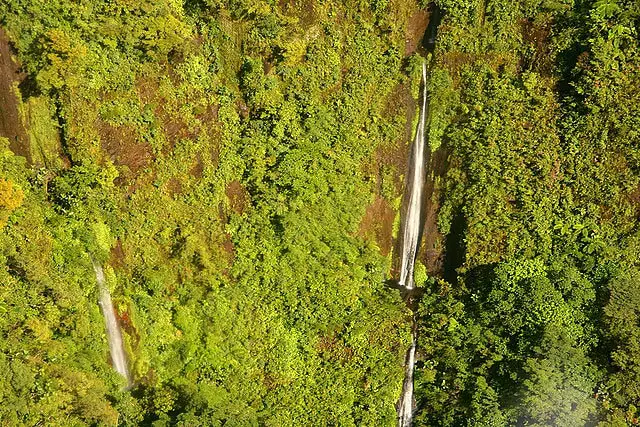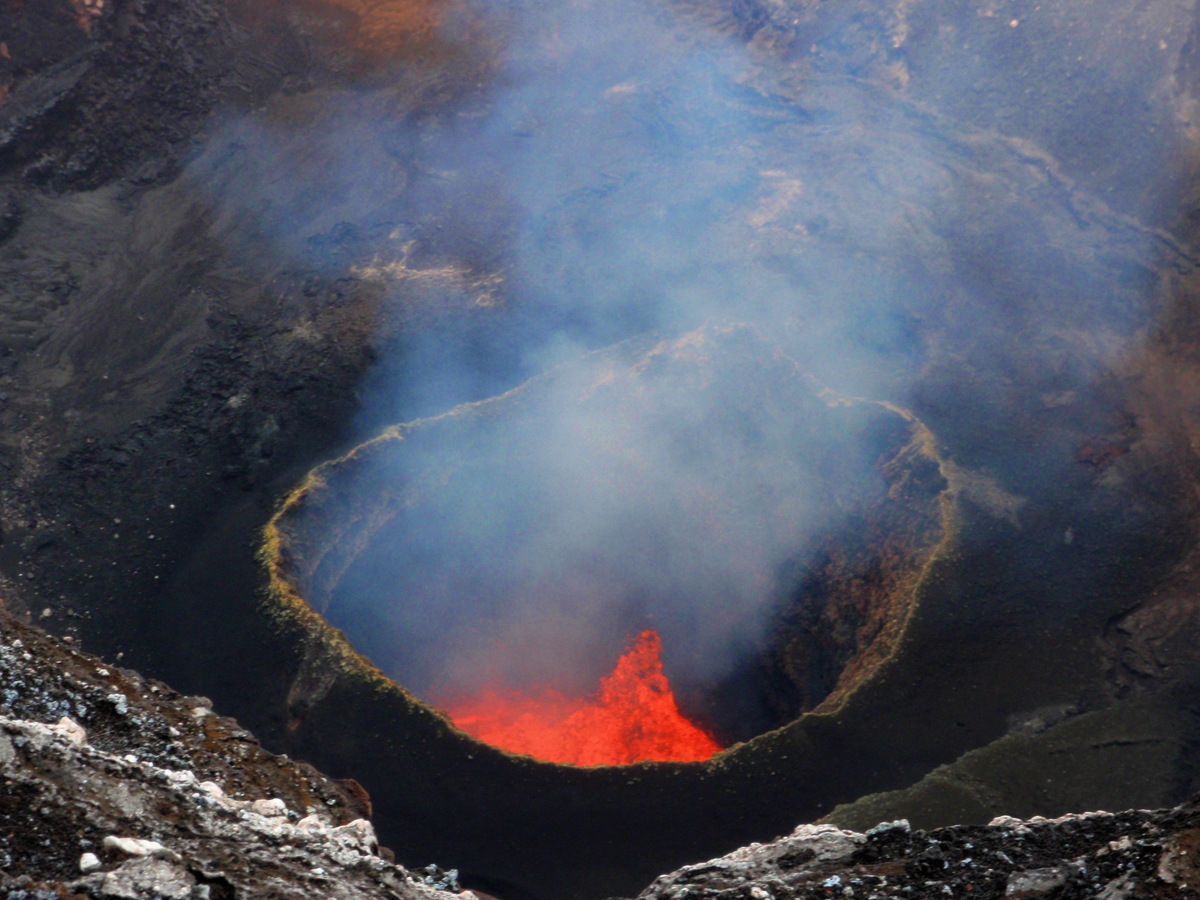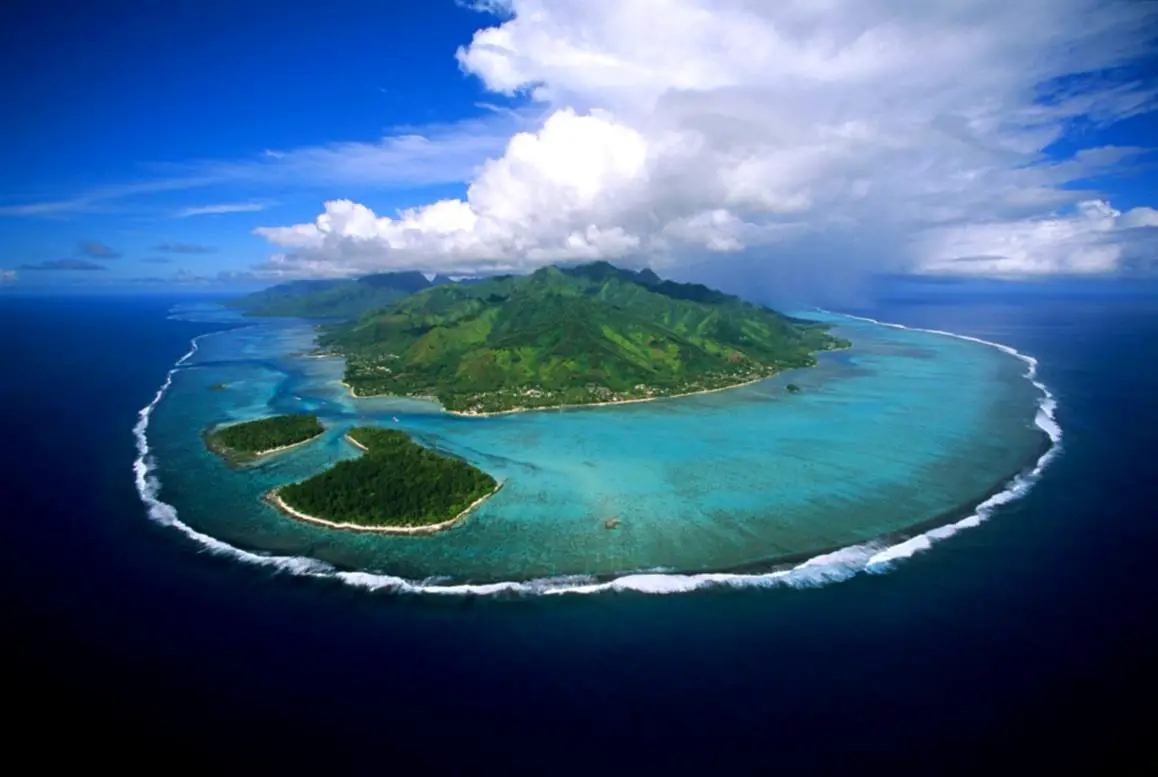World 🢖 Australia and Oceania 🢖 Melanesia 🢖 Papua New Guinea
🢔 Sites of legends 🢔 Legendary wonders 🢔 Categories of wonders
Wonder
Agaiambo Swamp
 In short
In short
The story of the legendary Agaiambo people is weird and its abrupt end often seems to be impossible. It seems since 1904 there have been no reports about these elusive people. Most likely Agaiambo people have disappeared since then, but… who can be certain about this?
 37.8%
37.8%
GPS coordinates
Location, address
Alternate names
People
Map of the site
If you see this after your page is loaded completely, leafletJS files are missing.
 In detail
In detail
People with weird feet
A long time ago Agaiambo people were just one of the many tribes living in Papua New Guinea – an island of countless people and languages. They lived next to an enormous swamp lake around the Musa River. But, unfortunately, they had fearsome, terrible enemies. Several tribes of cannibal people – Doriri and, possibly, also Aga or Bombaro tribes – were constantly attacking them.
Thus many generations ago Agaiambo were driven into the swamp and miraculously adjusted their lives.
Agay ambo means “duck people”. The physiology of these people was unusual indeed. Agaiambo people had a shorter stature than most people – mainly because their legs were shorter.
This is explained in their daily life. Agaiambo spent most of the time on narrow, unstable wooden dugouts. Other people would find it impossible to drive these narrow logs – but these vehicles were extremely well adapted to the swampy lake with its thick cover of plants. These dugouts were driven by broad paddles. None of the other boats could drive as fast as the canoes of Agaiambo.
While driving in their dug-outs, these people stood on their knees, supporting their bodies on the heels. As a result, their feet became weaker. The legs of these people were flat, with protruding heels. Researchers, though, considered that these physical traits are obtained during a lifetime and are not inherited.
Aagaiambo were weak walkers and their fragile skin soon was hurt and if they had to walk a longer distance, their feet started to bleed.
Other locals at some time even believed that Agaiambo had webbed feet (like ducks) – but this was not true.
Life in swamp
Agaiambo built their huts on tall poles in the lake, rising the houses well above the water level. They mastered keeping pigs on these platforms as well. These animals also did not walk much during their lives – only had an occasional bath.
Swamp people ate sago, roots of water-lilies. They were expert fishers and hunters of waterfowl. Hunters dived under the birds and dragged them under the water by their feet. Thus the other birds were not frightened and were unaware of the danger coming from the people.
Even the deceased were buried in the swamp – their bodies were placed on platforms above the water.
The only tribe which contacted them on a regular basis was the Barugi people who exchanged vegetables for fish and birds. According to some accounts, the Baruga language was fairly similar to the language of Agaiambo. It is possible that these people belonged to a Melanesian group.
End of the swamp people?
According to some local stories many Agaiambo died from some epidemics in the late 19th century and at that time just some 40 people remained. Before this, there were quite numerous people living in the swamps.
Europeans learned about these people in the late 19th century. Around 1895 there were only two villages of Agaiambo left, where the larger one had nine houses.
Agaiambo people were visited several times by different expeditions. It is possible, the last time when white people saw them was in 1904. Then the expedition was organized by the acting administrator of British New Guinea, Captain Francis Rickman Barton who visited this area together with anthropologist Charles Seligman. He met with six males and four females.
Already before this, it was considered that these people have been eliminated by their enemies.
Captain Barton reported that these people did not have any children at the time of his visit and, most likely, will die out in a few years’ time.
It is considered that these unusual people are extinct now. But there always is some hope…
References
- Charles Gabriel Seligman. The Melanesians of British New Guinea. 1910. (See image of Agaiambo man)
- Francis Winter. New Guinea Natives Who Can Scarcely Walk. Bulletin of the American Geographical Society. 1904.
- H. Wilfrid Walker. Wanderings Among South Sea Savages And in Borneo and the Philippines. London Witherby & Co. 1909
 Linked articles
Linked articles

Wonders of Papua New Guinea
One of the most exciting and mysterious lands in the world is Papua New Guinea. This country takes half of the second-largest island and numerous other larger and smaller islands. Up to this day, Papua New Guinea is poorly investigated, and here are expected numerous exciting discoveries of geological, biological, and archaeological nature.

Wonders of Melanesia
The most amazing wonders of Melanesia are caves and sinkholes, very interesting ecosystems, and, especially – sites of unusual legends.

Wonders of Australia and Oceania
The word “exotic” definitely refers to Australia and Oceania. Here are located many unique and mysterious landmarks, many places here deserve to be called – “One of the most beautiful places in the world”.
 Recommended books
Recommended books
Lords of the Earth: An Incredible but True Story from the Stone-Age Hell of Papua’s Jungle
Engulfed in the darkness of Irian Jaya’s Snow Mountains live the Yali, naked cannibals who call themselves lords of the earth. Yet, in spite of their boldness, they live in terror and bondage to the women-hating, child-despising gods they serve. Missionary Stan Dale dared to enter their domain and be an instrument to change their future. Peace Child author, Don Richardson, tells the story of Dale, his wife, his companions, and thousands of Yali tribesmen in Lords of the Earth.

